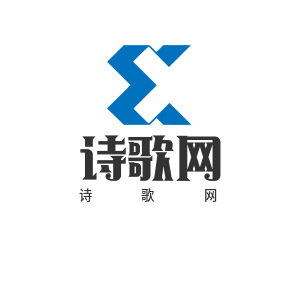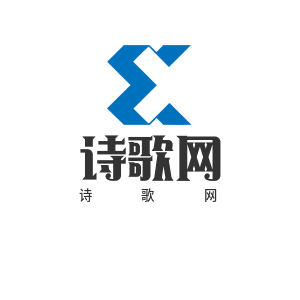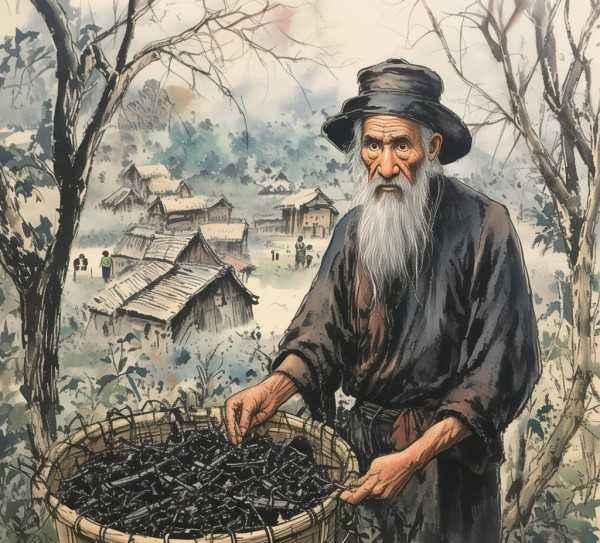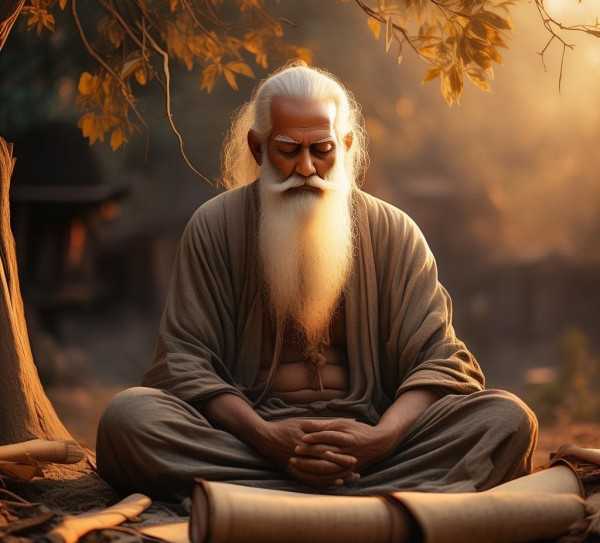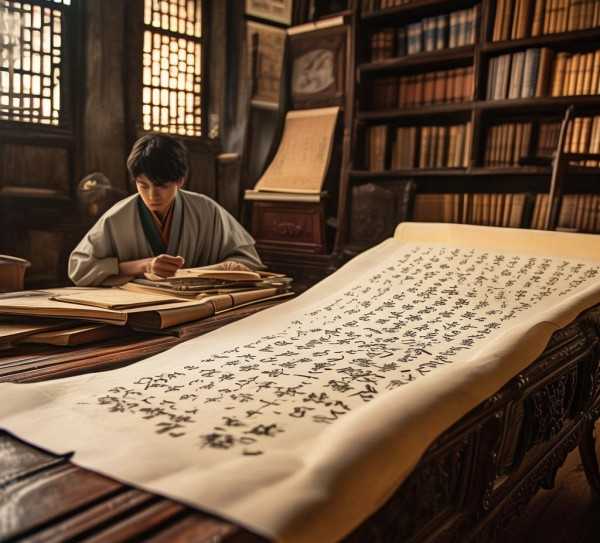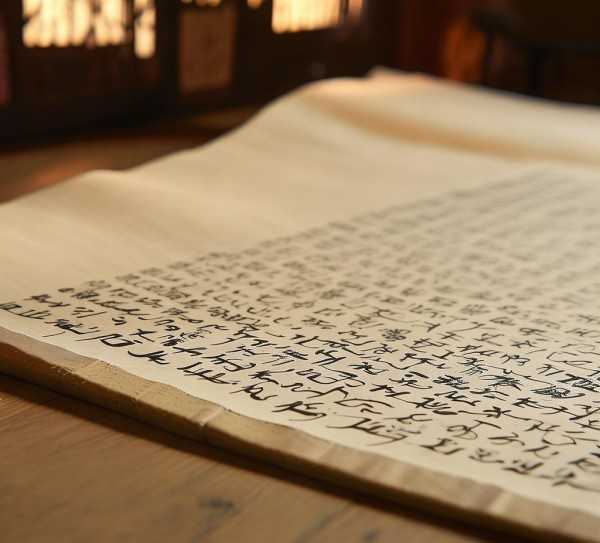卖炭翁,唐代社会现实的深刻映射与原文解析
《卖炭翁》——白居易笔下的传世佳作
唐代诗人白居易的《卖炭翁》以其深刻的现实意义和精湛的艺术技巧,成为了中国古代文学的璀璨明珠,这首诗通过对一位卖炭老翁的生动描绘,深刻揭示了当时社会底层劳动人民的艰辛生活,传递出诗人对劳动人民的深切同情和对社会现实的深刻批判。
原文赏析:
卖炭翁,伐薪烧炭南山中。 满面尘灰烟火色,两鬓苍苍十指黑。 卖炭得钱何所营?身上衣裳口中食。 可怜身上衣正单,心忧炭贱愿天寒。 夜来城外一尺雪,晓驾炭车碾冰辙。 牛困人饥日已高,市南门外泥中歇。 翩翩两骑来是谁?黄衣使者白衫儿。 手把文书口称敕,回车叱牛牵向北。 一车炭,千余斤,宫使驱将惜不得。 半匹红绡一丈绫,向牛头充炭直。
诗中,卖炭翁的形象栩栩如生,他劳作在南山之中,满脸灰尘,两鬓斑白,十指乌黑,生活困苦,他卖炭所得,仅能维持生计,衣衫褴褛,食不果腹,诗人用“可怜身上衣正单,心忧炭贱愿天寒”两句,深刻描绘了卖炭翁矛盾的心理和无奈的生活。
“翩翩两骑”的出现,象征着权力的象征——宫使,他们手握皇帝的命令,对卖炭翁的炭车进行掠夺,将半匹红绡和一丈绫作为炭的代价,这种行为不仅加剧了卖炭翁的困境,也暴露了当时社会的不公现象。
翻译赏析:
The charcoal seller, felling wood and burning charcoal in the South Mountains. His face is covered with dust and the color of smoke and fire, his temples are white, and his fingers are black. What does he do with the money he earns from selling charcoal? Clothes on his back and food in his mouth. Poorly dressed, he is worried about the low price of charcoal and wishes for colder weather. Last night, a foot of snow fell outside the city walls; this morning, he drove his charcoal cart over the ice, leaving deep ruts. The ox is tired and the man is hungry; the sun is high, and they rest in the mud outside the southern gate of the market. Who are the two riders who come flying? Yellow-robed messengers and white-shirted officials. They hold documents in their hands and claim to be acting under imperial decree; they turn their carts around and drive the ox northward. A cart of charcoal, over a thousand catties, the palace messengers drive it away, and he is sorry but cannot help it. Half a piece of red silk and a yard of silk, tied to the ox's head as payment for the charcoal.
在翻译这首诗的过程中,译者不仅要传达原文的字面意思,更要传达诗中所蕴含的深层情感和意义,通过精准的翻译,使读者能够更好地领略这首诗的魅力。
《卖炭翁》这首诗,以其深刻的意义和艺术价值,成为了古代文学宝库中的瑰宝,白居易通过这首诗,表达了对劳动人民的同情和对现实的批判,使这首诗成为了唐代现实的深刻反映。
